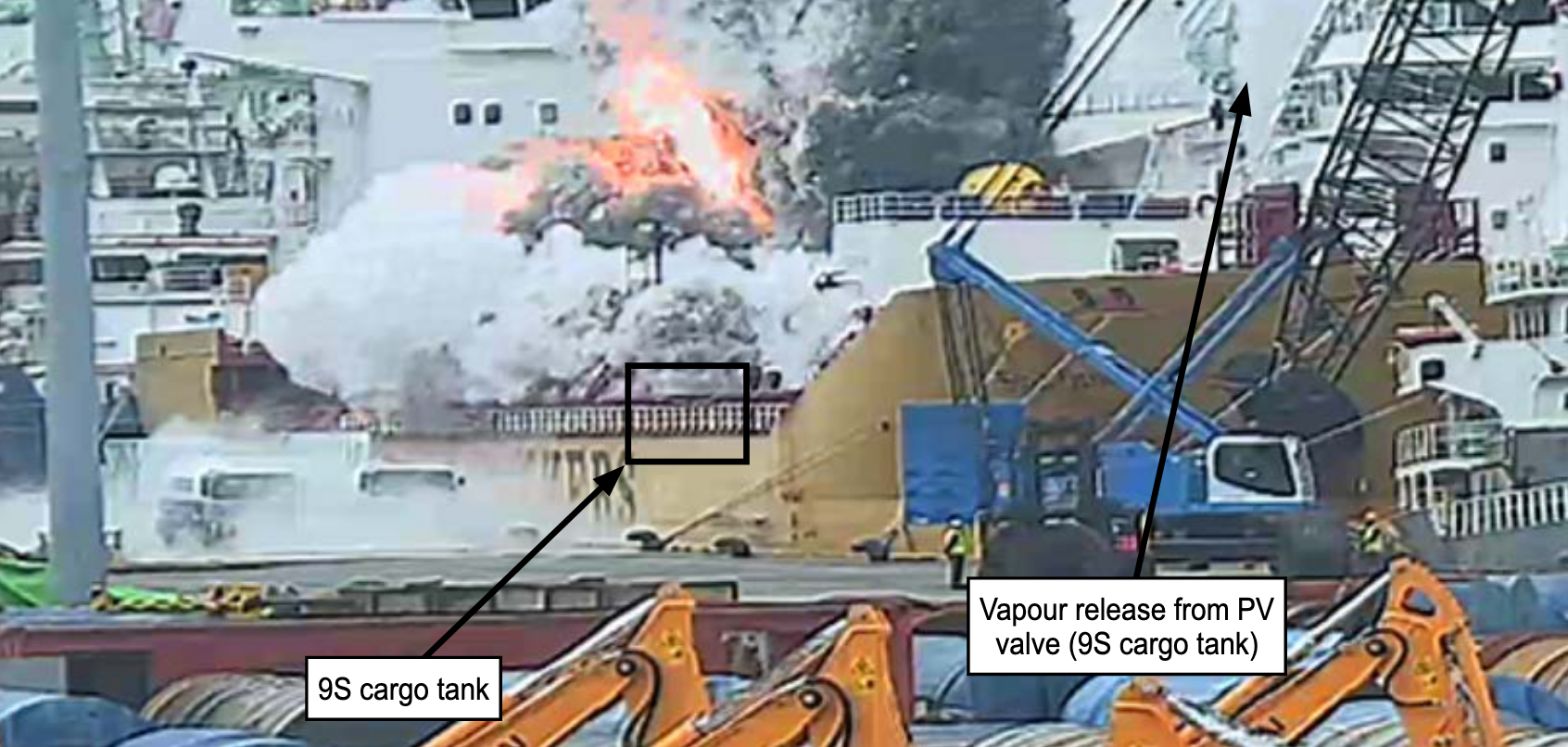Styrene has been a chemical I just can not seem to get away from. I dealt with it throughout my career in the petro-chem industry and now as a consultant, I have a number of clients who use this flammable liquid in a number of different processes. In 2005 I was consulted about a leaking styrene railcar in my hometown of Cincinnati – not many people get to have that much fun on their birthday!!! In the railcar case, we knew polymerization had begun as temperatures were rising to 270 degrees on the shell of the RCar. It was a crazy time in Cincinnati, but that event ended as well as could be expected – still don’t know how to this day, but it did. No catastrophic failure of the RCar occurred and in fact, by Labor Day they were able to sample the remaining liquid in the RCar and a new gasket and relief valve were installed so as to contain the monomer and move the railcar for disposal. But this most recent Styrene incident is how many polymerization events end up! And by the way, polymerization is such a hazard to responders the DOT ERG has been calling out this special hazard for decades… we used to say the “P” stood for “pucker factor” (sorry for the rude reference but that is how we rolled back in the 1990’s!)
![]()
At about 0600 on September 28, 2019, the Singapore registered chemical/products tanker Bow Dalian secured alongside Stolt Groenland, a Cayman Islands registered chemical/products tanker’s port side. The purging of Bow Dalian’s cargo tanks with nitrogen supplied from shore-side vehicles was then commenced in readiness for a ship-to-ship cargo transfer with the Stolt Groenland.
At 1043, vapor started to release from the pressure vacuum valve on the Stolt Groenland number 9 starboard (9S) cargo tank, which contained Styrene monomer. About 2 minutes later, a high-level alarm indicated that the level in 9S cargo tank had reached 95%, soon followed by a high-high-level alarm indicating that the level had increased to 98%. By now, the Stolt Groenland‘s on-watch deck officer and the chief officer had made their way to the cargo control room and they saw from the cargo monitoring system that the pressure inside 9S cargo tank was rapidly rising. Suddenly, at 1050, two (2) explosions were seen and heard in rapid succession in way of the tanker’s cargo manifold (Figure 1).

The resulting fireball passed very close to a road bridge above the quay (Figure 2).
